When customers roll up to a ticketing counter in a wheelchair or navigate through the concourse tapping a white cane on the floor, airport employees know that they might want extra assistance. It’s far more difficult, however, to identify customers with conditions that are less apparent such as learning difficulties, mental health issues or hearing impairments.
When customers roll up to a ticketing counter in a wheelchair or navigate through the concourse tapping a white cane on the floor, airport employees know that they might want extra assistance. It’s far more difficult, however, to identify customers with conditions that are less apparent such as learning difficulties, mental health issues or hearing impairments.
 To help remedy this situation, a growing number of U.S. airports offer customers with hidden disabilities specially designed lanyards that let staff know they may need additional support and consideration. Bright green lanyards splashed with yellow sunflowers are currently being used by a handful of airports coast-to-coast to discreetly notify personnel that the person wearing the lanyard or someone in their traveling party has a condition that might not be obvious. And the movement is gaining momentum.
To help remedy this situation, a growing number of U.S. airports offer customers with hidden disabilities specially designed lanyards that let staff know they may need additional support and consideration. Bright green lanyards splashed with yellow sunflowers are currently being used by a handful of airports coast-to-coast to discreetly notify personnel that the person wearing the lanyard or someone in their traveling party has a condition that might not be obvious. And the movement is gaining momentum.
The Centers for Disease Control and Prevention reports that 13% of the U.S. population is purportedly affected by “invisible” developmental disabilities ranging from autism spectrum disorder to rheumatoid arthritis.
|
Project: Lanyard Programs Strategy: Offer customers with hidden disabilities lanyards that help remind airport personnel to be more patient & compassionate. Participation by customers is completely voluntary. Cost: Minimal (one airport paid $300 for 1,200 lanyards upgraded with hangtags that nonverbal customers can write on) Early Adopters: Seattle-Tacoma Int’l; Phoenix Sky Harbor Int’l; John F. Kennedy Int’l, Terminal 4 Others Developing Lanyard Programs: San Jose Int’l; Orlando Int’l; etc. |
Naturally, the statistics vary by region. Heather Karch, architecture manager for the Facilities and Infrastructure Group at Seattle-Tacoma International Airport (SEA), notes that the Pacific Northwest has a higher rate of autism and sensory processing disorders than other areas of the country.
“Based on personal accounts I have heard from people—both in the medical profession and just socially—passengers with hidden disabilities often get very dirty looks and experience subtle discrimination because their disabilities aren’t visible. And they get a lot of negativity when they do ask for more help,” Karch relates. “Or, if their child with autism is having a complete meltdown, other people might think that that child is just misbehaving, when really there’s a lot more happening.”
With this demographic in mind, SEA became the first U.S. airport to begin using sunflower lanyards to help individuals with hidden disabilities have a better experience at the airport. The program, launched last October, has been very well received, receiving praise from staff and customers alike.
SEA Sets the Standard
The sunflower lanyard program debuted at London’s Gatwick Airport in 2016, and has since been adopted by 2 million businesses and individuals worldwide.
“We looked to the U.K. experience and saw how successful it has been throughout all of the U.K and into Europe, and we just went with the positive attitude that it would be accepted here in the U.S. as well,” says Karch.
She reports that it took little seed money to get the sunflower lanyard program up and running at SEA. In 2019, the airport purchased 1,200 lanyards for about $300. Based on the current rate of distribution, Karch expects SEA’s initial supply to last about one year, or possibly longer. She notes that the airport upgraded standard lanyards with hanging tags, so nonverbal customers can write their name and/or disability on the back if they choose.
To introduce the new visual aid, Port of Seattle Aviation Director Lance Lyttle sent an email with information about the lanyards to all SEA staff. Educational meetings followed for front-line personnel—including airline, TSA and airport staff—to include the Pathfinders customer service/operational needs team that distributes the lanyards. International and domestic station managers from the airlines also received special training.
When the program debuted in October 2019, SEA posted signs throughout the airport to raise awareness among passengers and customers. The Port of Seattle and SEA also added information to the accessibility sections of their websites.
In a New York Minute
Across the country, John F. Kennedy International (JFK) was the first airport in the Northeast to offer sunflower lanyards. JFKIAT, the private company that operates Terminal 4, rolled out the program there in February—and received a lot of good press.
Chad Ghastin, senior manager of customer experience for JFKIAT, says the idea emerged in early 2019 when the company consulted international advocacy experts and gleaned best practices from the industry to develop an accessibility program roadmap. Tailoring services to suit the needs of T4’s international customer base was top-of-mind.
“A key objective of the plan was to go beyond mandated requirements and basic wheelchair assistance to ensure all of our passengers feel empowered as they travel through T4,” says Ghastin. “Based on the enormous success of the Sunflower Lanyard Scheme in Europe and seeing inbound customers arriving with lanyards from other airports, we wanted to bring the lanyard to T4 to create a more seamless and accessible departure-to-arrivals experience. So, if a passenger uses the lanyard departing Heathrow, the passenger could also use it at T4 for arrivals and for the subsequent departure from T4 back to Heathrow.”
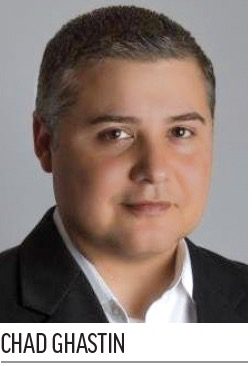 Because the program is so new, JFKIAT is unsure how many customers might request lanyards. Ghastin used a World Health Organization statistic to determine an approximate starting point. “They estimate that 15% of the world’s population has some form of disability. If we apply that 15% benchmark to our 21 million annual passengers, that comes to roughly 3.1 million passengers, which is significant,” he remarks.
Because the program is so new, JFKIAT is unsure how many customers might request lanyards. Ghastin used a World Health Organization statistic to determine an approximate starting point. “They estimate that 15% of the world’s population has some form of disability. If we apply that 15% benchmark to our 21 million annual passengers, that comes to roughly 3.1 million passengers, which is significant,” he remarks.
“Not all disabilities have the same impact on a person’s ability to travel,” he adds, “but we strive to ensure that passengers who may need additional assistance, support or time within the terminal have an experience that is as accessible and dignified as possible.”
To help departing passengers, Terminal 4 personnel promote and help facilitate the TSA Cares program, which provides additional assistance during security screening to people with disabilities, medical conditions and other special circumstances. For arriving passengers, JFKIAT partners with U.S. Customs and Border Protection to provide personal meet-and-greet services.
“We appreciate that both agencies have been extremely supportive of our accessibility program, and feedback from our customers has been very positive,” reports Ghastin.
Passengers can request lanyards through the T4 website or onsite at welcome centers and travelers’ aid stations. JFKIAT is also partnering with airlines to increase awareness and adoption.
“Our vision is to be the most accessible air terminal in New York City, and the lanyard is an important part of that,” Ghastin remarks. “Our hope is that we can generate significant awareness for the lanyard in the U.S. and actively demonstrate the positive experience it provides to people with hidden disabilities.”
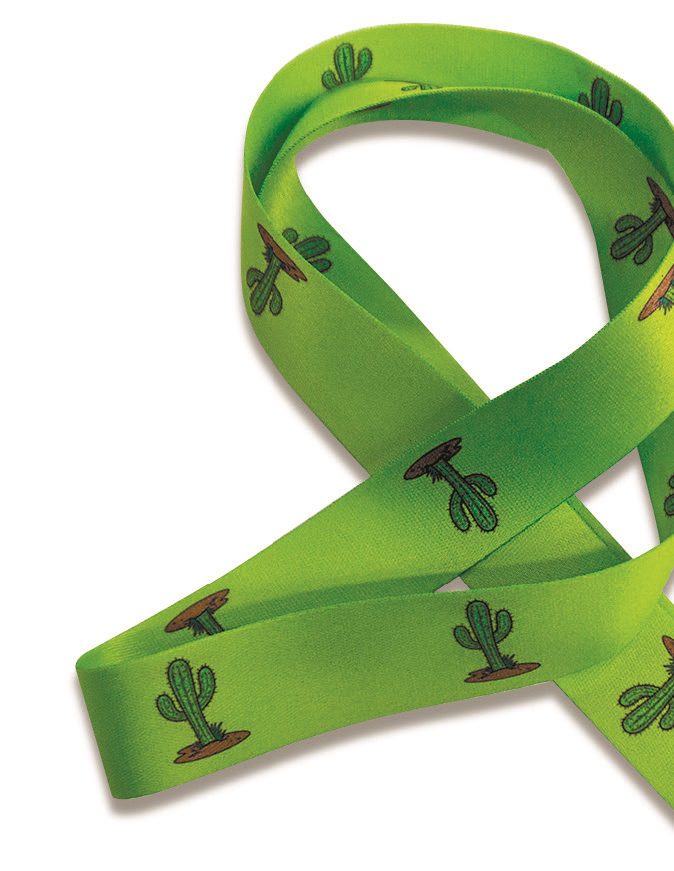
Southwestern Spin
The sensitive and effective approach of sunflower lanyards immediately resonated with Misty Cisneros-Contreras, customer service manager at Phoenix Sky Harbor International (PHX). She welcomed the chance to help passengers self-identify for additional help and understanding, but she also wanted to tailor the idea to PHX’s customer base.
 So Cisneros-Contreras and her team developed a neon green lanyard decorated with a saguaro cactus print. “We know there are individuals who need extra assistance or time when they come through the airport,” she says. “We wanted our passengers to know that this lanyard was special and specific to Phoenix.”
So Cisneros-Contreras and her team developed a neon green lanyard decorated with a saguaro cactus print. “We know there are individuals who need extra assistance or time when they come through the airport,” she says. “We wanted our passengers to know that this lanyard was special and specific to Phoenix.”
The airport introduced its “compassion cacti lanyards” with a soft launch in October 2019. Their purpose is the same as other airports’ sunflower lanyards, but the execution is more local—in design and procurement.
Now, when employees see a bright green lanyard, they know they might need to repeat themselves, adjust the way they communicate directions and instructions or simply exhibit more patience, explains Cisneros-Contreras. “Sometimes it just takes a different approach or change in delivery for a traveler to fully comprehend something,” she elaborates. “It is our hope that with this program, we can do just that.”

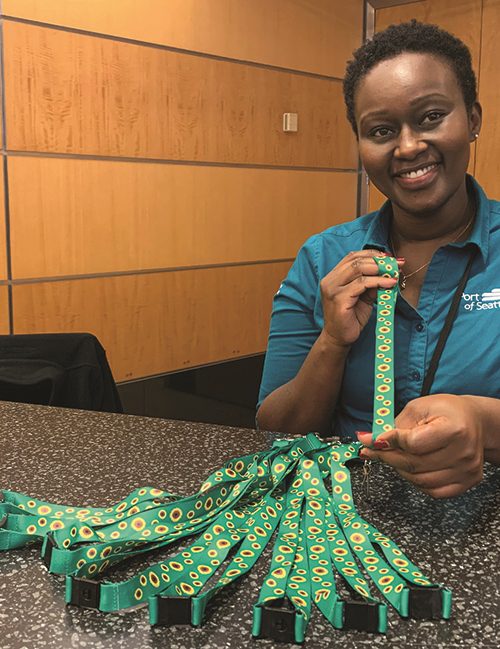
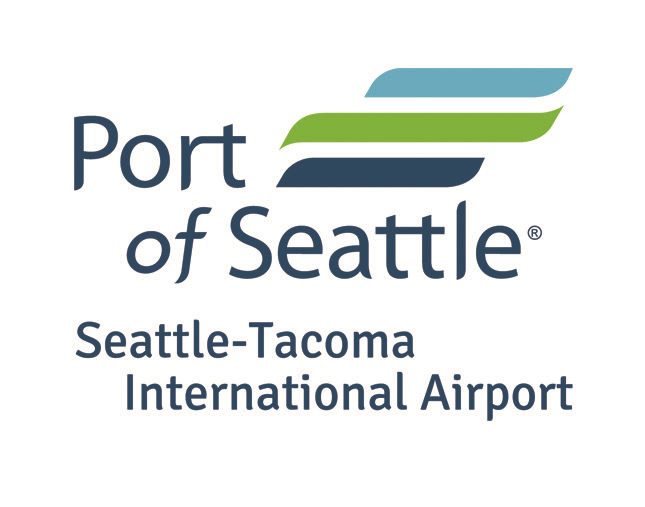
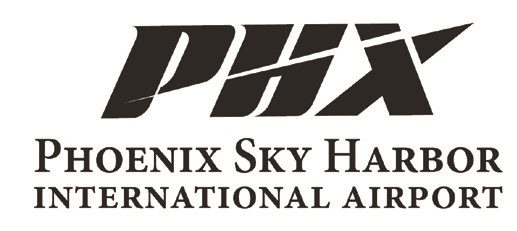
 facts&figures
facts&figures

